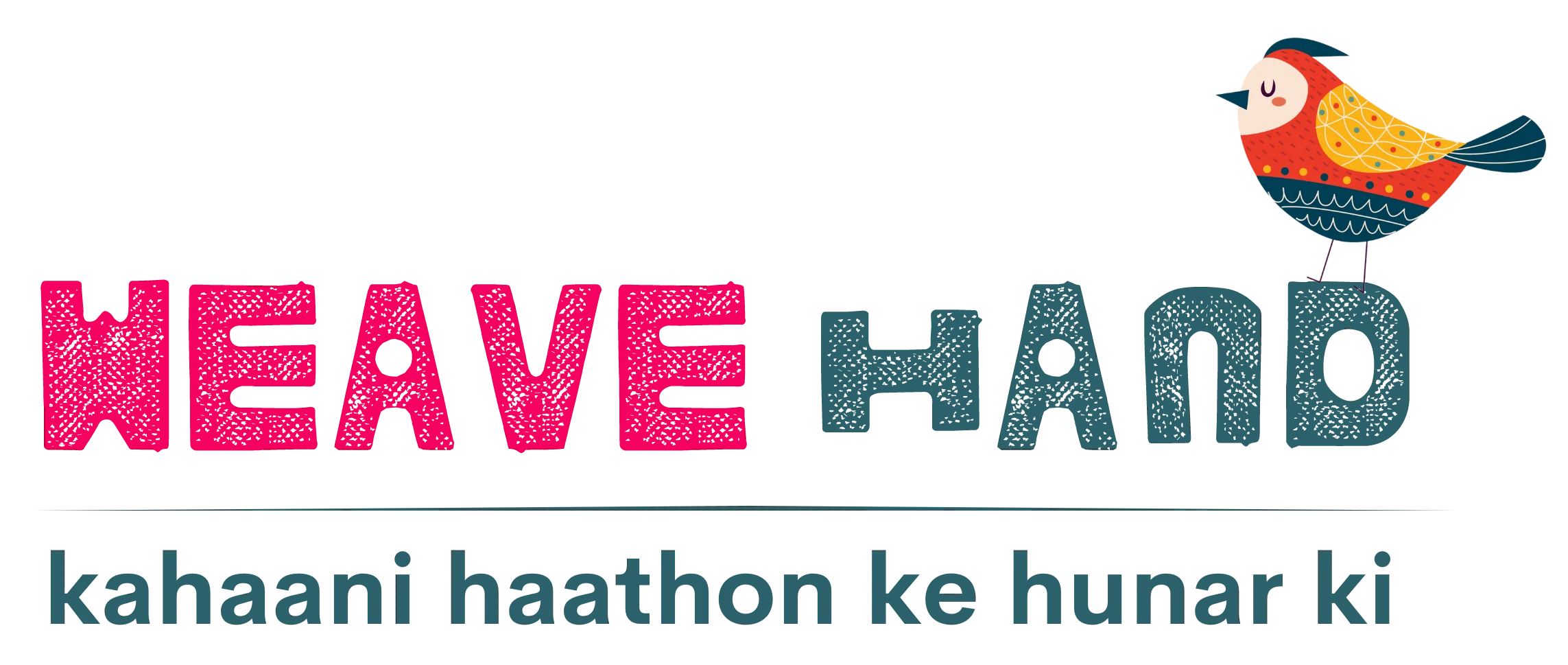India's handloom and handicraft industries have long been a symbol of the country's rich cultural heritage. The beauty and uniqueness of handcrafted products have always been appreciated worldwide. Despite their popularity, however, these industries are facing several challenges that are threatening their survival. In this blog, we will delve into the challenges faced by handloom and handicraft artisans and explore ways to overcome them.
The first challenge faced by artisans is the lack of access to high-quality raw materials. Many artisans struggle to procure raw materials at affordable prices, which not only affects the quality of their finished products but also increases production costs. To overcome this challenge, the government can establish raw material banks, which provide artisans with easy access to high-quality raw materials at affordable prices. NGOs and other organizations can also provide training to artisans on how to source raw materials sustainably and cost-effectively.
The second significant challenge faced by artisans is the lack of market access. Many artisans lack the necessary skills and knowledge to market their products effectively, leading to situations where they are unable to sell their products at fair prices. To overcome this challenge, the government can establish marketing infrastructure such as e-commerce portals, exhibitions, and fairs. These platforms can help artisans showcase their products to a wider audience and connect them directly with potential buyers.
The third challenge faced by artisans is the lack of financial support. The handloom and handicraft industries are highly labor-intensive, and artisans require significant financial support to sustain their livelihood. However, many artisans do not have access to formal credit facilities and are forced to rely on informal sources of finance, which come with high-interest rates. To overcome this challenge, the government can establish formal credit facilities for artisans at reasonable interest rates. Additionally, the government can provide financial assistance to artisans to help them upgrade their skills and improve their production processes.
The fourth challenge faced by artisans is the lack of technology and innovation. Many artisans still use traditional methods of production, which are time-consuming and labor-intensive. This not only affects the productivity of the artisans but also limits their potential for innovation and creativity. To overcome this challenge, the government can provide training to artisans on how to use modern technologies and equipment. Additionally, the government can establish research and development centers to promote innovation and creativity in the handloom and handicraft industries.
The final challenge faced by artisans is the lack of government support. Despite the significant contribution of the handloom and handicraft industries to the Indian economy, these industries have not received adequate government support. To overcome this challenge, the government can provide financial incentives and tax exemptions to handloom and handicraft artisans. Additionally, the government can establish dedicated agencies to promote the handloom and handicraft industries and provide them with the necessary support.
In conclusion, handloom and handicraft industries are facing several challenges that are threatening their survival. However, by addressing these challenges, we can ensure that these industries continue to thrive and contribute to the Indian economy. The government, NGOs, and other organizations can play a critical role in providing the necessary support to handloom and handicraft artisans. By doing so, we can ensure that these industries continue to flourish and showcase the rich cultural heritage of India for generations to come.
